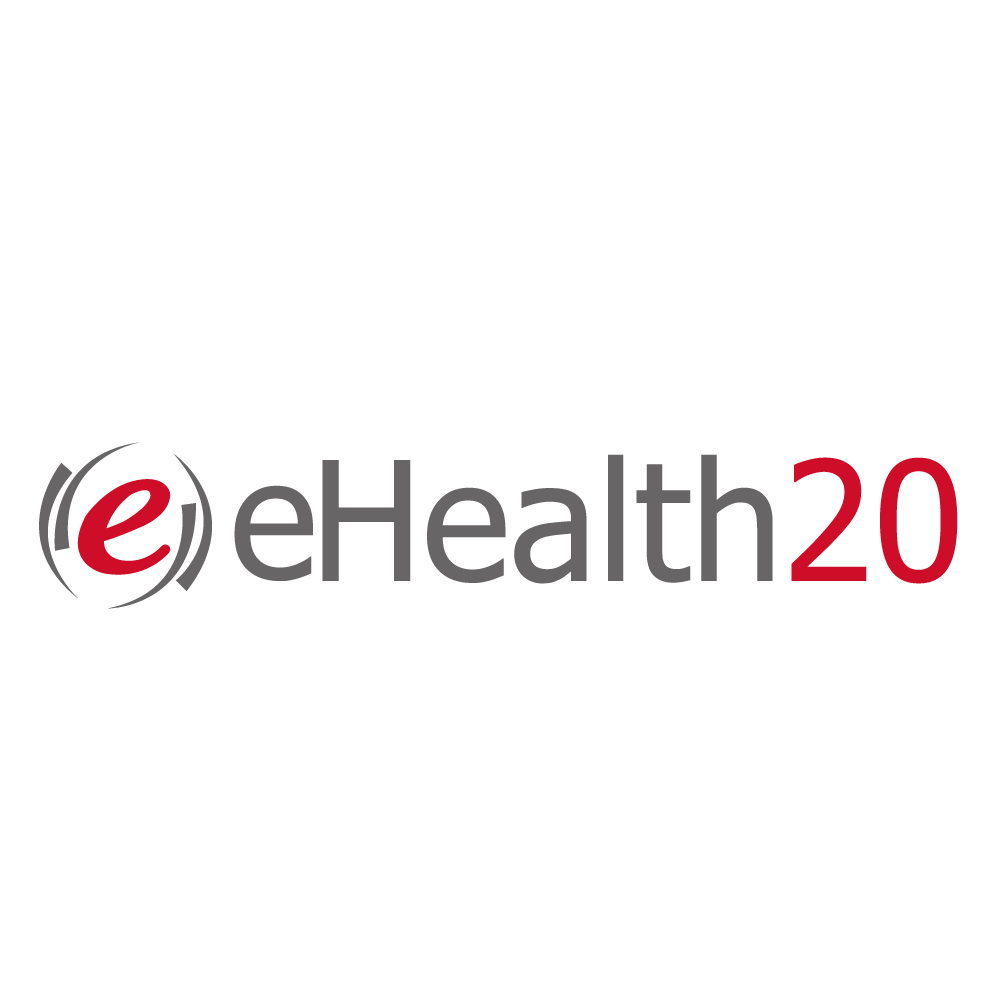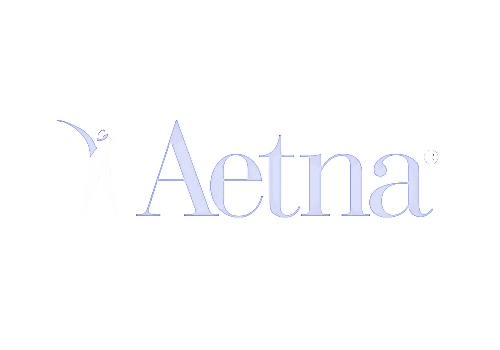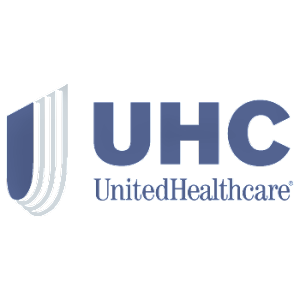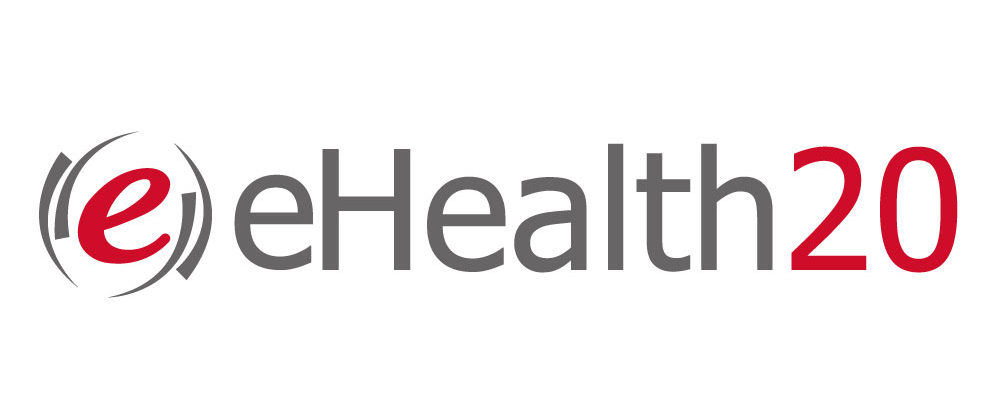






Most Discussed Question: Which Health Insurance Is Best For My Needs?
For individuals and families, there are 3 types of health insurance. Find the right type for you and explore coverage options in your area. We, certified licensed professionals are here to help you find the right health insurance plan to suit your individual needs.
General Questions
The Affordable Care Act was designed to reduce the cost of health insurance coverage for people who qualify. The law includes premium tax credits and cost-sharing reductions to help lower costs for lower-income individuals and families.
All ACA-compliant health insurance plans—including every plan that’s sold on the Health Insurance Marketplace—must cover specific “essential health benefits” including:
- Ambulatory patient services
- Breastfeeding
- Emergency services
- Family planning
- Hospitalization
- Laboratory services
- Mental health and substance use disorder services
- Pregnancy, maternity, and newborn care
- Prescription medications
- Preventive and wellness services and chronic disease management
- Pediatric services
- Rehabilitative and habilitative services
Health insurance plans that are offered privately by each health insurance company. These plans also offer most if not all the essential health benefits as their on-exchange counterparts and are usually are a mirror of their on-exchange plans. The names of the plans are often exactly the same as well.
The difference? You won’t buy these plans from Healthcare.gov or your state exchange platform. You also won’t receive a government subsidy or discounts for these plans.
Health insurance plans that are offered through the Marketplace – a massive online store for health insurance plans that is run by the federal government or state. These plans are required to provide essential health benefits and follow more guidelines as set by the Affordable Care Act (ACA). You usually purchase these plans from either Healthcare.gov or your state’s exchange platform.
With these plans, you may be eligible to receive a government subsidy depending on your household size and income, meaning that your monthly health insurance costs (a.k.a. your premium) might be lower.
Health insurance doesn’t always cover 100% of your costs. In fact, it’s designed to share costs with you up until a certain point, called the out-of-pocket limit. After you hit the out-of-pocket limit, health insurance will pay 100% of your health care costs.
There are a few ways that health insurance companies might share costs with you, and they make up major features of your health insurance plan that you need to be aware of: your deductible, your copayment, your coinsurance, and your out-of-pocket limit. We’ll discuss them in more detail in our “Key features” section below.
Literally everyone should buy health insurance because medical expenses are simply too high to cover out of pocket. Medical bills are a leading cause of consumer debt and related financial problems (e.g., bankruptcy and home foreclosure).
If you’re buying health insurance and you fit into one of the following groups, we’ve listed a few additional considerations for when you’re shopping for health insurance.
If you just became self-employed after leaving a full-time W-2 job, you can use COBRA to continue your previous employer’s coverage until you’re able to find a new plan. If it’s not open enrollment, you should also be able to qualify for a special enrollment period to shop on the marketplace.
Make sure your premiums are affordable, as your monthly income may be variable. Your health insurance premiums are also tax-deductible sometimes, so don’t forget that come tax time. Additionally, if you travel frequently, you may want to purchase a plan that allows you to see out-of-network providers, like a PPO or POS plan.
You can stay on a parent’s health insurance plan until you’re 26 years old, so no need to buy health insurance if your parents are willing to let you stay on their plan. You can also check your university for health insurance plans, which may be more affordable. This is an especially good option if you’re going to college out of state, as your parent’s plan’s network may not work in your state.
You should also be aware that your plan may have a family deductible in addition to individual deductibles for each family member. Individual deductibles are lower than the family deductible. Once an individual hits their individual deductible, their health insurance plan kicks in just for them. But once the family deductible is met, health insurance kicks in for every member of the family, regardless of whether or not an individual has reached their deductible.
If you’re on a low income or tight budget, you should look into whether or not you qualify for Medicaid. Medicaid is a public health insurance plan available for low income individuals and families.
If your income is between 100% and 400% of the federal poverty line, you likely qualify for a subsidy from the health insurance marketplace. This subsidy can help make health insurance more affordable.
The most important thing to remember is to have some sort of coverage in place. A serious health issue can turn into a financial disaster if you’re not careful. If you qualify, look into catastrophic plans; these low cost plans can protect you from the cost of serious illnesses and accidents
If you’re a veteran, you may qualify for health care through the U.S. Department of Veterans Affairs (VA). The Affordable Care Act does not change VA health benefits.If you have health insurance coverage through a private-sector employer, you can have and use both health insurance plans at the same time.
All health insurance plans that count as qualifying health insurance cover pregnancy and childbirth related services. Maternity care and childbirth are one of the 10 essential benefits required on qualifying health plans under the ACA. These services are covered even if you became pregnant before your coverage starts.
Having a child counts as a qualifying event for a special enrollment period in which you can enroll in a new plan or switch plans. In the state of New York, becoming pregnant also qualifies you for a special enrollment period.
Maternity care and childbirth are also covered by Medicaid and CHIP. If you qualify for Medicaid and CHIP and are pregnant, you can apply at any time during the year through your state agency or marketplace.
If you’re above the age of 65, you qualify for Medicare. We go into more detail into Medicare below, but the gist of it is that it’s a federal program designed to help you cover health care costs into old age.
You can also purchase supplemental insurance, called Medigap, that can help pay for your deductibles, copayments, and coinsurance. Medigap plans may or may not make sense for you – make sure you know what you’re buying before you start to pay for it.
If you’re an active duty service member, your health care (and your family’s health care) is covered by TRICARE. You do not need to purchase additional health insurance to comply with the ACA
If you’re married but don’t have kids, you don’t need to buy health insurance as a family. You can buy individual plans from separate companies, if that makes sense for you and your spouse. You can also purchase a family plan from the marketplace.
One of you can also be a dependent on the other’s employer-provided health insurance plan, if that’s available.
Generally, there are two types of health insurance: public health insurance (like Medicaid, Medicare, and CHIP) and private health insurance. Most people have some form of private health insurance, whether they purchase it through a marketplace or get it from an employer. State exchanges and the federal exchange can offer consumers both public health insurance and private health insurance.
Health savings account eligibility.
A health savings account, often called an HSA, can be a valuable financial tool. In 2019, singles can make up to $3,500 in tax-deductible contributions to an HSA. Those with a family plan can contribute up $7,000 tax-free. People age 55 and older are entitled to make an additional $1,000 in catch-up contributions.
Only those with a qualified high-deductible health insurance plan are eligible to contribute to an HSA. For 2019, qualified plans are those with minimum deductibles of $1,350 and maximum out-of-pocket costs of $6,750 for coverage for a single person. Family plans must have a minimum deductible of $2,700 and maximum out-of-pocket costs of $13,500.
A high-deductible health insurance plan isn’t right for everyone. While their low premiums can make them an attractive choice, they are typically best for those who are healthy and expect to have minimal health care needs. If you do opt for a high-deductible plan, look for one that is HSA eligible so you can pay your out-of-pocket costs with tax-free dollars.

In-Network vs Out-of-Network
A health insurance provider network is a group of health care providers that have contracted with a health insurance carrier (via an HMO, EPO, or PPO) to provide care at a discount and accept the discounted price as payment in full.
When it comes to health insurance options for freelancers, a lot has changed in the past 6 years. Before the Affordable Care Act, workers without employer-subsidized health insurance were in a precarious position: Those with preexisting conditions often couldn’t get coverage or had to pay more. And while healthy freelancers could sometimes find affordable choices, insurers were allowed to put annual or lifetime caps on their benefits or throw them off their plans over small technicalities.
Today, freelancers have many more protections, and many even qualify for a tax credit to subsidize the cost of coverage. But health insurance is still a huge expense for many self-employed workers. You’ll need to understand how the system works, and what your best moves will be.
The most you have to pay for covered services in a plan year. After you spend this amount on deductibles, copayments, and coinsurance for in-network care and services, your health plan pays 100% of the costs of covered benefits.
The amount you pay for covered health care services before your insurance plan starts to pay. With a $2,000 deductible, for example, you pay the first $2,000 of covered services yourself. After you pay your deductible, you usually pay only a copayment or coinsurance for covered services.
The percentage of costs of a covered health care service you pay (20%, for example) after you’ve paid your deductible. Let’s say your health insurance plan’s allowed amount for an office visit is $100 and your coinsurance is 20%. If you’ve paid your deductible: You pay 20% of $100, or $20.
A copay, short for copayment, is a fixed amount a healthcare beneficiary pays for covered medical services. The remaining balance is covered by the person’s insurance company.
A pre–existing condition is defined as any injury, illness, sickness, disease, or other physical, medical, mental or nervous condition, disorder or ailment that, with reasonable medical certainty, existed at the time of application or at any time during the X years prior to the effective date of the insurance.
How HMO Tier Plans Work
Keystone HMO Proactive tiered network plans give your
employees full access to the Keystone Health Plan East
provider network at a lower premium. They can save money
by choosing health care providers in Tier 1 – Preferred, the
lowest-cost tier, when they receive care.






we will assist you 24/7
Quick Contact
Head Office
- 646-331-4213
- 215-690-5006
- students.med.insurance@gmail.com
